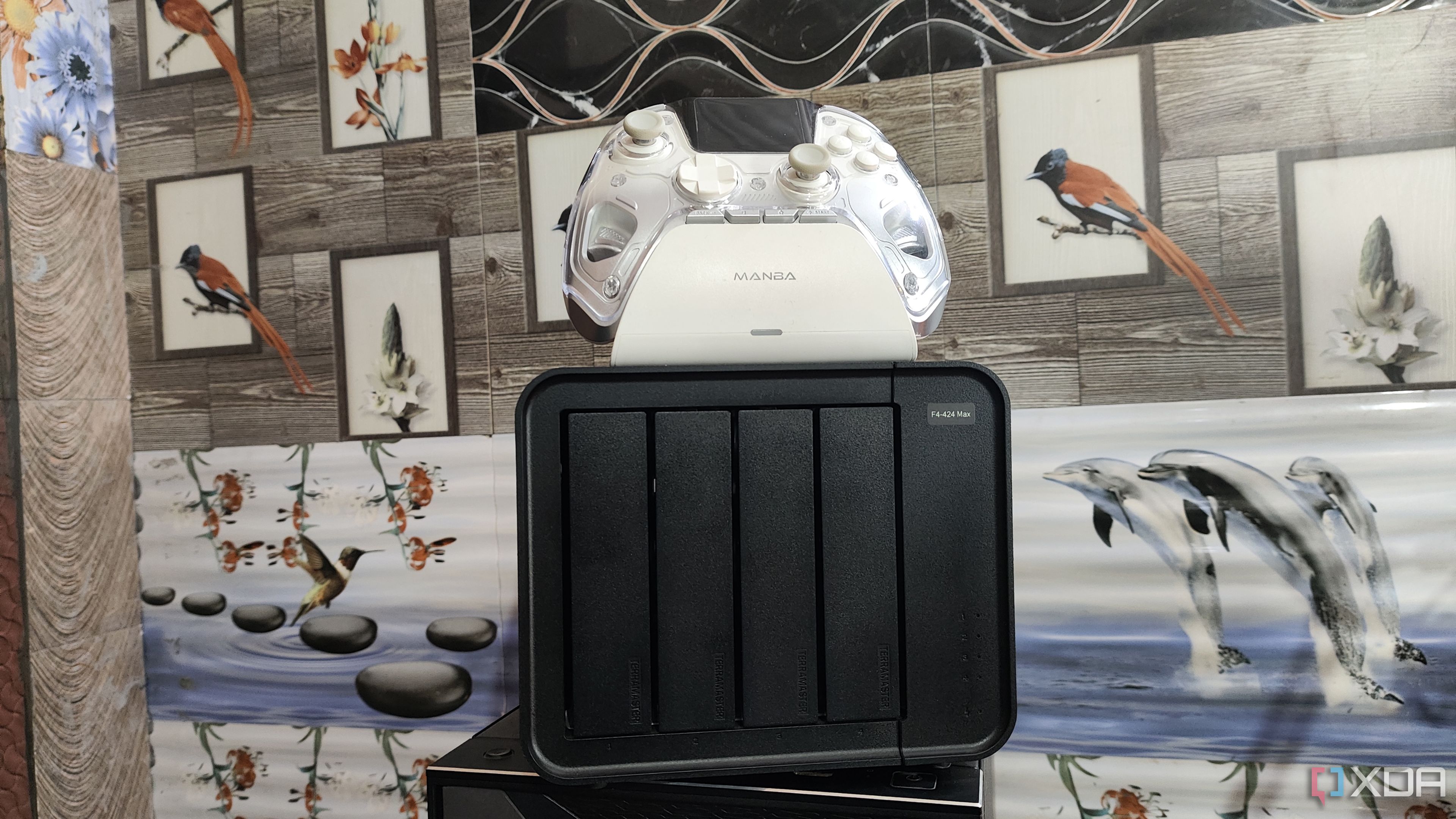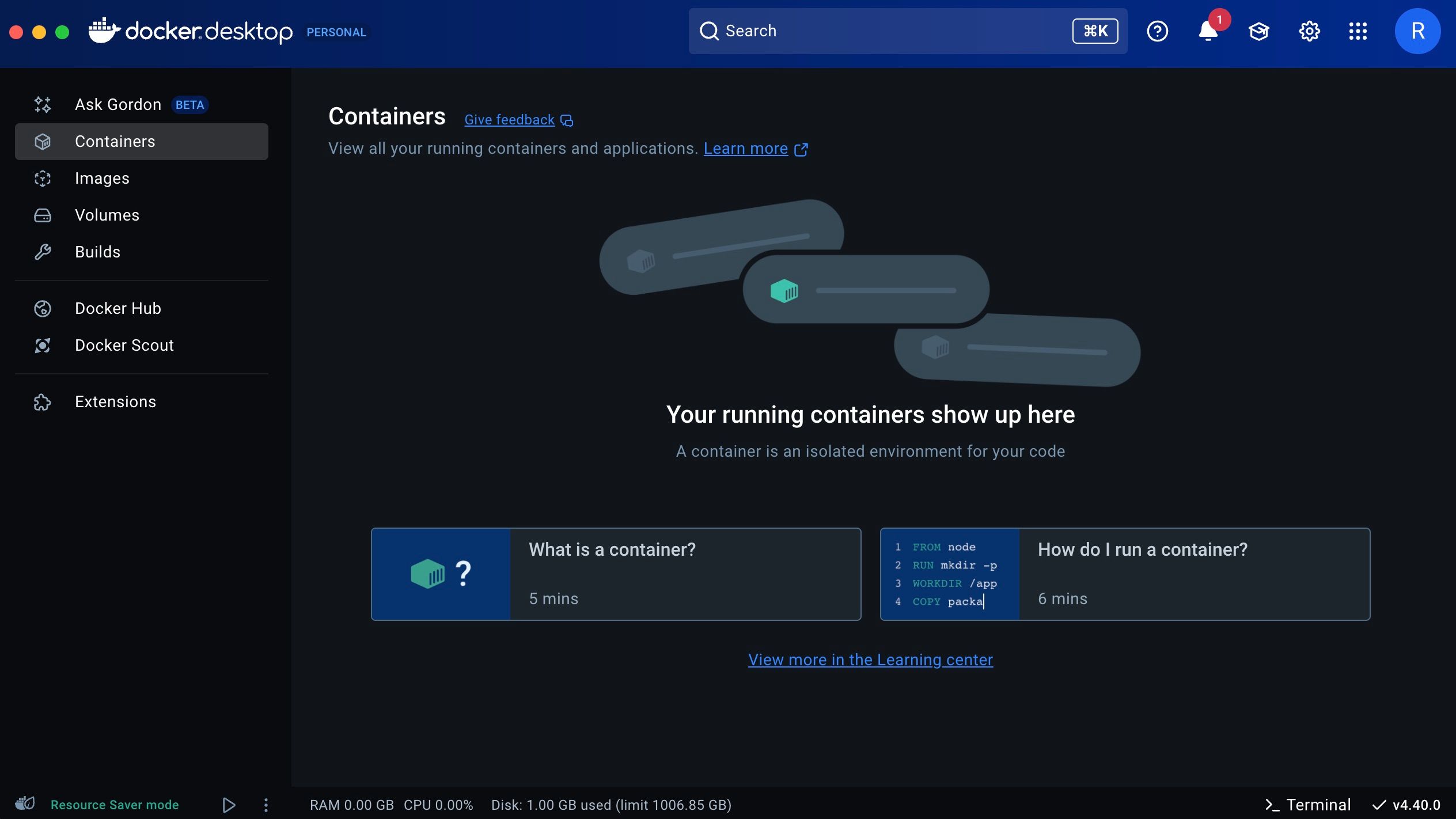When I first started writing at XDA, I heard a few of my colleagues mention Docker during our weekly meetings. I had no clue what it was back then, but I was intrigued by all the different articles I saw being published on the website surrounding the app. That’s when I decided to carry out some research and learn more about Docker. I won’t lie, it was slightly intimidating initially, since I couldn’t really find a beginner’s guide to using Docker that was effective. However, I spent some time inside the app, watched a few YouTube tutorials, and had my first Docker container ready in a few hours.
Fast-forward to a week, and I’m wondering why I didn’t discover this magical software earlier. Docker has single-handedly improved my productivity, helped me learn more about home automation, and even reduced my cloud storage reliance with the help of a self-hosted server. It can do pretty much anything you want it to, without the hassles and inefficiencies of a virtual machine. If you haven’t stumbled upon Docker before this article, you’ve been missing out. But now that you have, welcome to the other side of the computing world!

Related
6 Docker containers that save me serious money
Self-hosting isn’t just geeky, it’s frugal
Why should one use Docker?
What about it stands out?
If you’re experimenting with virtualization, virtual machines are probably the most obvious choice for most people. However, the issue with using a VM is the inconsistencies when switching between platforms. A program may look different on different platforms, which isn’t ideal for several use cases. That’s where Docker comes in with its unique container format. Each Docker container consists of the application, the libraries, and the config files — all bundled into one.
Whether you’re a developer or a simple enthusiast who wants to self-host servers and apps, you should give Docker a shot. This is mainly because Docker containers are much lighter than VMs. So, they require fewer CPU and GPU resources to run, resulting in better overall performance. Unlike VMs, Docker containers use your computer’s kernel. The result is a snappy experience even when using lower-end computers.

Related
I tried these Docker containers and now I can’t live without them
These Docker containers will blow your mind
What can you do with Docker?
More like, what can you not?
The primary reason I installed Docker was to try self-hosting, since it has several advantages. It saves you money since you don’t have to pay for certain services if you self-host them, and you get added privacy since your data remains on your servers. I found that Docker is probably the simplest way to self-host, since figuring out how to set up your own server and the hurdles associated with it are completely eliminated here.
Most of the popular apps and services that allow self-hosting have Docker container images listed on the Docker Hub. All you have to do is import the image and run it to deploy the container. Once you get the hang of it, it’s extremely simple to repeat for all the apps and services of your choice. Apart from this, Docker can also run some useful containers that can replace popular apps that you may be using on your computer.
For instance, the Docmost container is an excellent alternative to Notion. The UI is similar but less clunky, and it runs smoothly on Docker. Then, there’s Immich, which is a Google Photos alternative for those who are tired of paying Google money (and data). It’s self-hosted and has all the features of Google Photos — with added peace of mind since your media isn’t traveling to Google’s servers. These are just a few examples of all the possibilities with Docker. Once you step foot into the rabbit hole, you’ll start realizing the true potential of the app. I haven’t even touched upon the advantages for developers and the fact that Docker lets you deploy your builds quickly and efficiently. Since I’m not a programmer myself, I didn’t delve too deep into this aspect.

Related
25 essential commands every Docker user should know
Docker’s command-line interface may seem intimidating, but these commands can help you master it in no time!
It could be confusing for beginners
Not the most user-friendly software for sure
Granted, Docker is an excellent piece of software that makes the lives of enthusiasts a lot simpler. However, the UI can be rather intimidating when you first open the app. There are tons of buttons and options spread across the UI, and you may have no clue what they do. This is exactly what I faced, too, but Docker is kind enough to provide tutorials in the form of blog articles to help you figure out what the options mean. A couple of hours in the app, and you should get accustomed to it.
The only software for all your development needs
Docker’s unique approach of containerizing applications and their dependencies into a single package is what sets it apart. Any Docker container works exactly the same way regardless of which device you use it on, and that’s a blessing for developers and end users who want a consistent experience across platforms. If that’s what you’re looking for, and you’re tired of using VMs that are laggy and resource-heavy, give Docker a try, and you certainly won’t be disappointed.

Related
You are using Docker wrong if you haven’t tried these containers
Containers that will change your workflow












